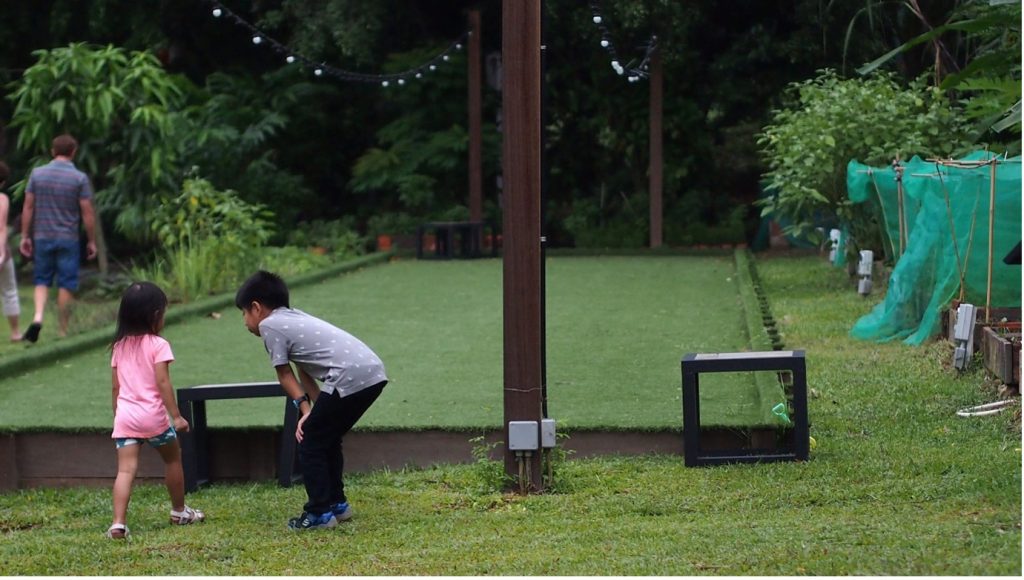Using vignettes as a ‘safe space’ for low-income children to discuss sensitive topics in social work assessment
April 13, 2021

World Social Work Day, usually celebrated on the third Tuesday of March, was commemorated on the 16th of March 2021. The celebration aims to raise awareness about the contributions of social work and to highlight the importance of social services. The 2021 commemoration of World Social Work Day was especially momentous for the Singapore Association of Social Workers given that it marks their 50th anniversary.
In his commemorative speech, Minister for Social and Family Development Masagos Zulkifli raised the possibility of new challenges facing Singapore’s social workers in a changing environment. The minister highlighted that ensuring continual social mobility for low-income families would be the biggest undertaking for subsequent generations; a revamp of established solutions and policies targeting low-income families in Singapore could be necessary to ensure social mobility.
A prominent example would be a change in the way children from low-income families are assessed by social services. When interacting with low-income families in Singapore, the opinions of children from these families are often overlooked in social work assessment when considering decisions that will affect these children’s lives. These decisions are often made by adults and social work practitioners.
In “Using vignettes as a ‘safe space’ for low-income children to discuss sensitive topics in social work assessment” (Children and Youth Services Review, 2020) Charmaine J.M Lee (SGH Medical Social Work Department) and Associate Professor Esther C.L. Goh (NUS Social Work), advocate for the use of vignettes as an effective tool in social work when working with children from low-income families to assess their views on sensitive topics.
The authors point out that children from low-income families are aware of their limited financial capabilities. In response to these constraints, these children find ways to circumvent obstacles that result from their family’s limited financial capability to ensure their own welfare. The lived experiences of these children provide valuable insight into their circumstances, further suggesting that their opinions should be not be overlooked during social work assessment. The authors advocate for the consideration of these children’s opinions when making decisions concerning them.
The authors assessed the effectiveness of vignettes as a tool for social work assessment through the lens of Social Relations Theory. The theory asserts that the ability to act independently and to make choices for oneself is shaped and developed by our relationships. This means that in a parent-child relationship, both the parent and the child have as much capacity to make decisions that affect the relationship. On the other hand, this also means that both of them are equally affected by the decisions of the other party.
Vignettes are fictional short stories used in a specific context and theme. They offer the possibility of gathering opinions on sensitive issues. Pilot interviews were conducted with children from low-income families. The children’s responses were then analysed through the lens of Social Relations Theory. Interestingly, the vignettes elicited responses that showed that these children often expect themselves to shoulder some of the family responsibilities and are aware of the need to balance their personal desires with the interests of the family. The children also demonstrate an awareness of their family’s constraints and sought to maintain a respectful relationship with their parents by making decisions that sought to find a compromise between their personal desires and their family’s constraints.
During group discussions with the authors, frontline social workers noted the effectiveness of vignettes in creating safe spaces for children to express their feelings and opinions by distancing the children from their lived realities, and could provide a tool to evaluate the child’s family system. However, these social workers also point out that the use of vignettes is but the first step in providing an accurate assessment of the child.
This study was funded by A/P Goh’s Social Science Research Thematic Grant, Identifying Positive Adaptive Pathways in Low-Income Families in Singapore, which aims to investigate the ways in which low-income families in Singapore adapt to their financial constraints. The project seeks to improve our understanding of low-income families and social policies targeted at low-income families. As part of this larger project, the authors note that this study advocates for the use of vignettes because they provide a safe space for children from low-income families to express their opinions and feelings about their circumstances. These opinions could go a long way in providing a more accurate assessment of the children, helping to improve decisions that could affect their lives.
Read the article here
